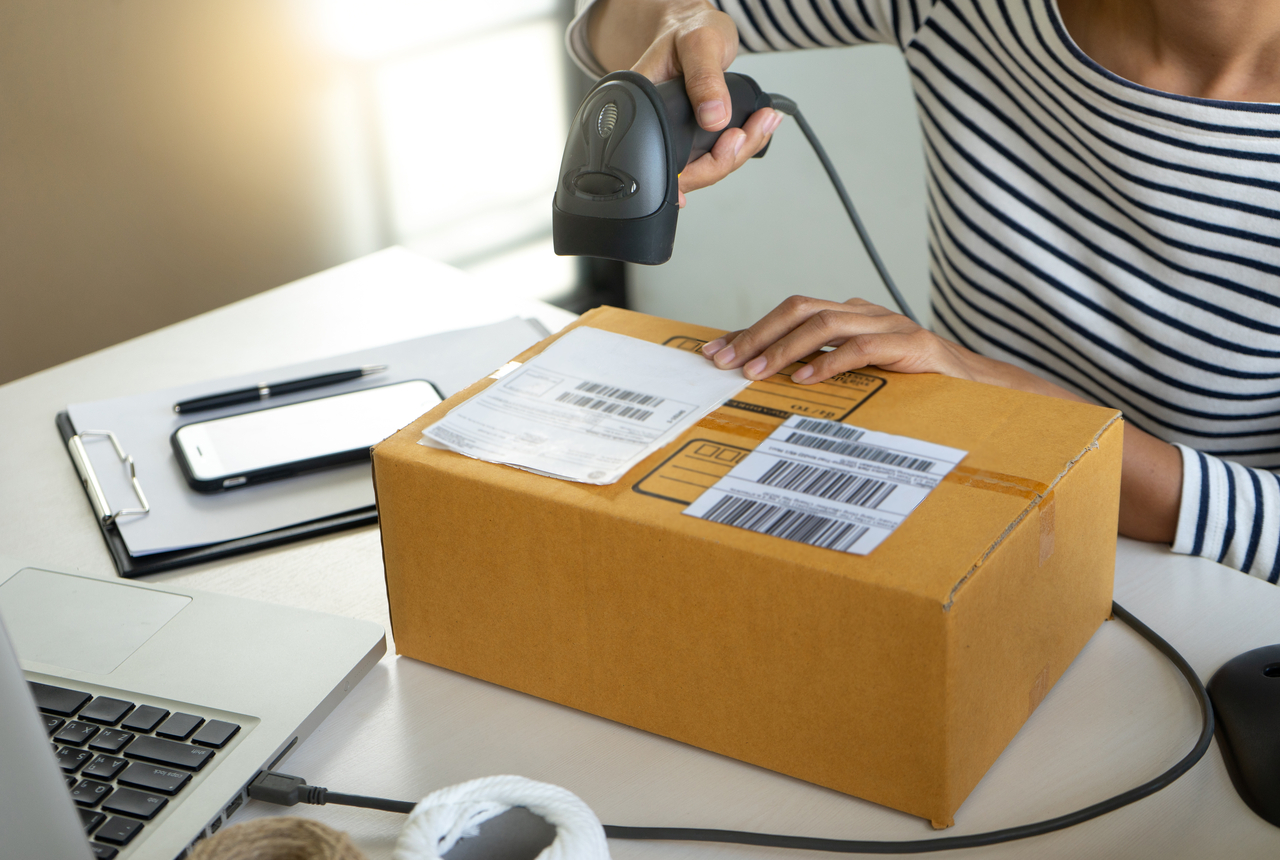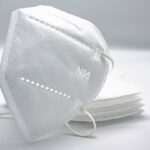When creating a product to sell, the first time that the product owner usually even considers barcoding is once the product has been made, the packaging has been designed.
The retailers where the product will be distributed have been approached. The owner will usually get a nasty surprise – “We can’t sell your product without a valid EAN or UPC barcode.”
They will then get referred to a company called GS1 – the global distributor and regulator of barcode numbers worldwide. They are the body that is in charge of distributing unique 12 and 13 digit numbers that can then be translated into images (vertical bars with different sizes and spaces), be linked to specific products and finally be able to be scanned at retail stores – all to speed up the shopping experience.
“Can’t I just make up my barcode numbers?” is often the next thought. Unfortunately, you can’t. Every product in the world requires a unique number. Duplication would occur if people could create their numbers willy-nilly, wreaking havoc with point-of-sale systems.
While most businesses and individuals get their barcodes through GS1, other people call them “barcode resellers.” the barcode reseller was born due to a change in barcode legislation that allowed specific individuals and companies to resell “preowned but new and unique” barcode numbers.
Every country contains its division of GS1, providing UPC, EAN, EAN-8, and many other types of barcodes. Barcode resellers can be found online worldwide, providing EAN and UPCs. UPC numbers are 12 digits long, originating from the USA. When the rest of the world started utilizing barcode systems, an extra digit was added to the UPCs, leading to billions of different combinations with the new 13-digit EAN numbers. Barcoding as a system has become fairly standardized across the world, so numbers from any particular GS1 or barcode reseller can be used in any country in the world.
Resellers often also sell auxiliary barcode services such as ISBN barcodes (for books), ISSN barcodes (for magazines and newspapers), printed labels, and equipment such as specialized barcodes printers and scanners.
If you buy EAN barcodes, or other types of barcode number, the next step is to append your barcode images to your products. Lastly, you need to take a sample of your product(s) to your retailers and have them scan your creation and link the product information (name, size, description, price, etc.) with the corresponding barcode number(s). It may sound like a daunting process, but fortunately, most barcode companies will guide you with what to do.




